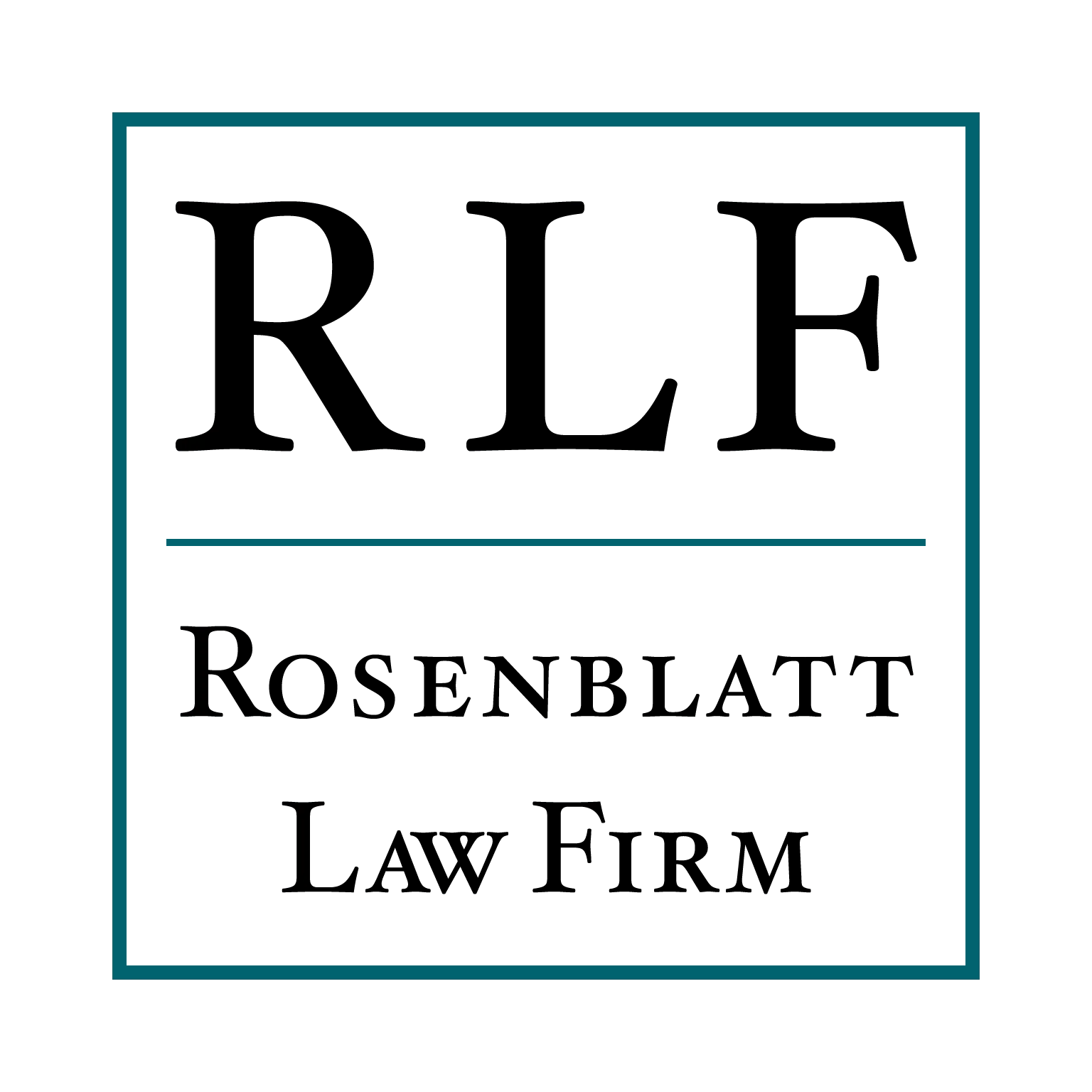On Friday, June 5th, the President signed into law the Paycheck Protection Program Flexibility Act of 2020 (the “Flexibility Act”), which brought good news to those who have applied for any received Paycheck Protection Program (“PPP”) loans. The Flexibility Act brought some significant changes to the CARES Act, which originally authorized PPP loans. The major highlights are as follows:
- One of the biggest struggles for borrowers has been maintaining the minimum 75% loan expenditure required to be spent on payroll and related expenses. The Flexibility Act decreased the minimum percentage required to be spent on payroll and related expenses to 60%, meaning 40% can be used on acceptable non-payroll expenses like rent, utilities, loan interest, etc. This is especially useful for companies which have converted to more capital intensive and have reduced spending on payroll.
- Originally, borrowers were required to spend their loan proceeds in the 8 week period following loan distribution. Under the Flexibility Act, the spend down period is extended to 24 weeks. The funds must still be exhausted by December 31, 2020. Borrowers still have the option to spend faster, so those who have spent the money in the 8 month timeframe should be able to file for forgiveness shortly. Borrowers who have not been able to utilize the funds because work from home or lack of demand has hampered return to work will now have dramatically more time to spend the money.
- The 2-year period to repay any unforgiven portion of PPP loans has been extended to 5 years, with interest remaining at 1%. The increase in repayment period should make loans more palatable even if not forgiven.
- The CARES Act reduced loan forgiveness if the average number of employees decreased during the time period the employer spent down the PPP loan funds. It did allow the employer to re-hire employees to avoid this penalty, but the re-hire must have occurred by June 30th. The Flexibility Act allows the employer until December 31, 2020 to re-hire employees. While this increased time period should aid employees who have not been able to rehire all employees by the end of June, it is not clear how the extended period will work with filing for forgiveness and may cause further delays.
- The Flexibility Act waives any loan forgiveness requirement to re-hire if the employer can document it was unable to rehire the same or similar individuals by December 31, 2020, or it is unable to return to the same level of business activity because of sanitation, social distancing, or any other safety requirement due to COVID-19. This change should dramatically increase flexibility; future rules will actually define how this wil operate.
- The deferral period for repaying any unforgiven portion of the PPP loan proceeds is now either:
- Until the SBA informs the lender the amount of forgiveness; or
- If the borrower does not apply for forgiveness, 10 months following the 24 month period following loan disbursement
Under the CARES Act, interest and principal payments were to start 6 months after the loan period was finished, which could become a problem if the company didn’t know if its loan was forgiven or had not filed for forgiveness. It remains to be seen how lenders will roll out these new terms, which were not included in the original notes.
Overall, the Flexibility Act does what it says—allows employers flexibility in using their loan funds and increases the likelihood those funds will be forgiven. Many businesses forced to shut down by government order found it unrealistic to spend 75% of loan proceeds on payroll with employees furloughed. Further, 8 weeks was not long enough in many cases for many businesses to reopen and restore furloughed employees or re-hire employees who were laid off, especially in an environment where some employees are reluctant to return to work due to safety concerns. While the Flexibility Act will likely add to the general confusion over PPP loans, it contains many helpful provisions for borrowers.



